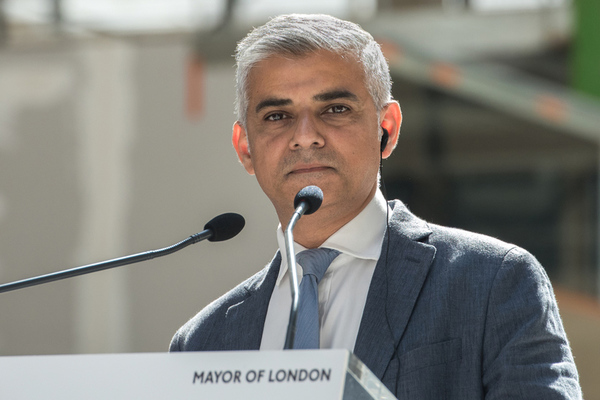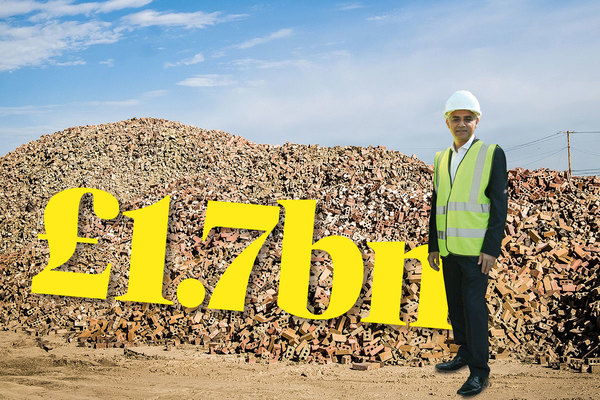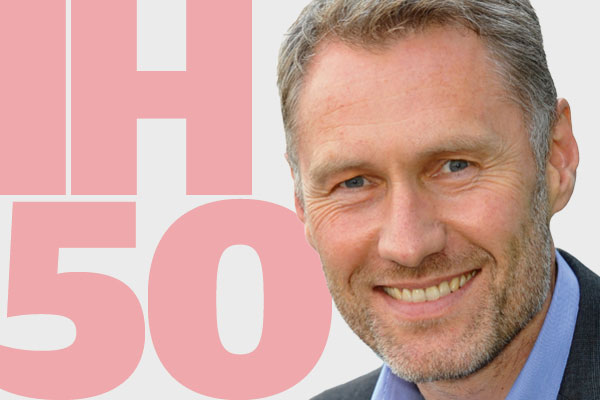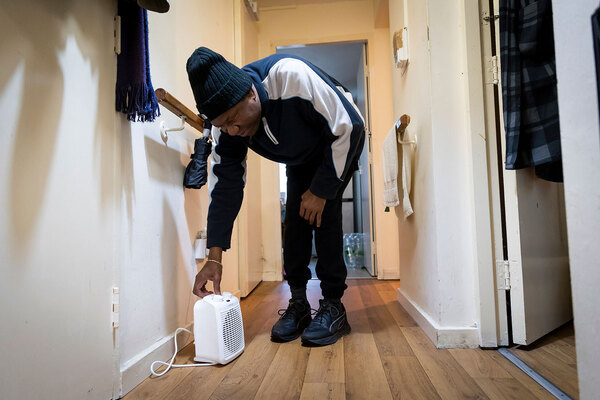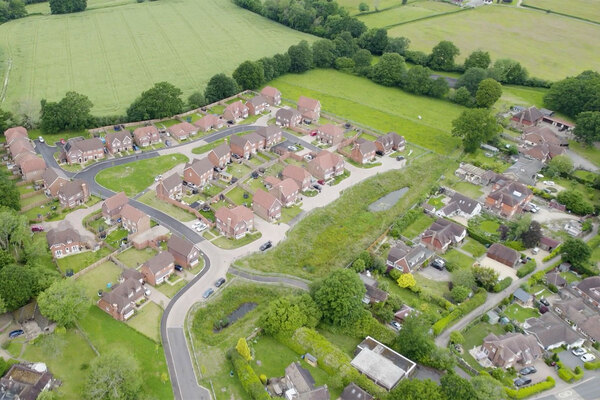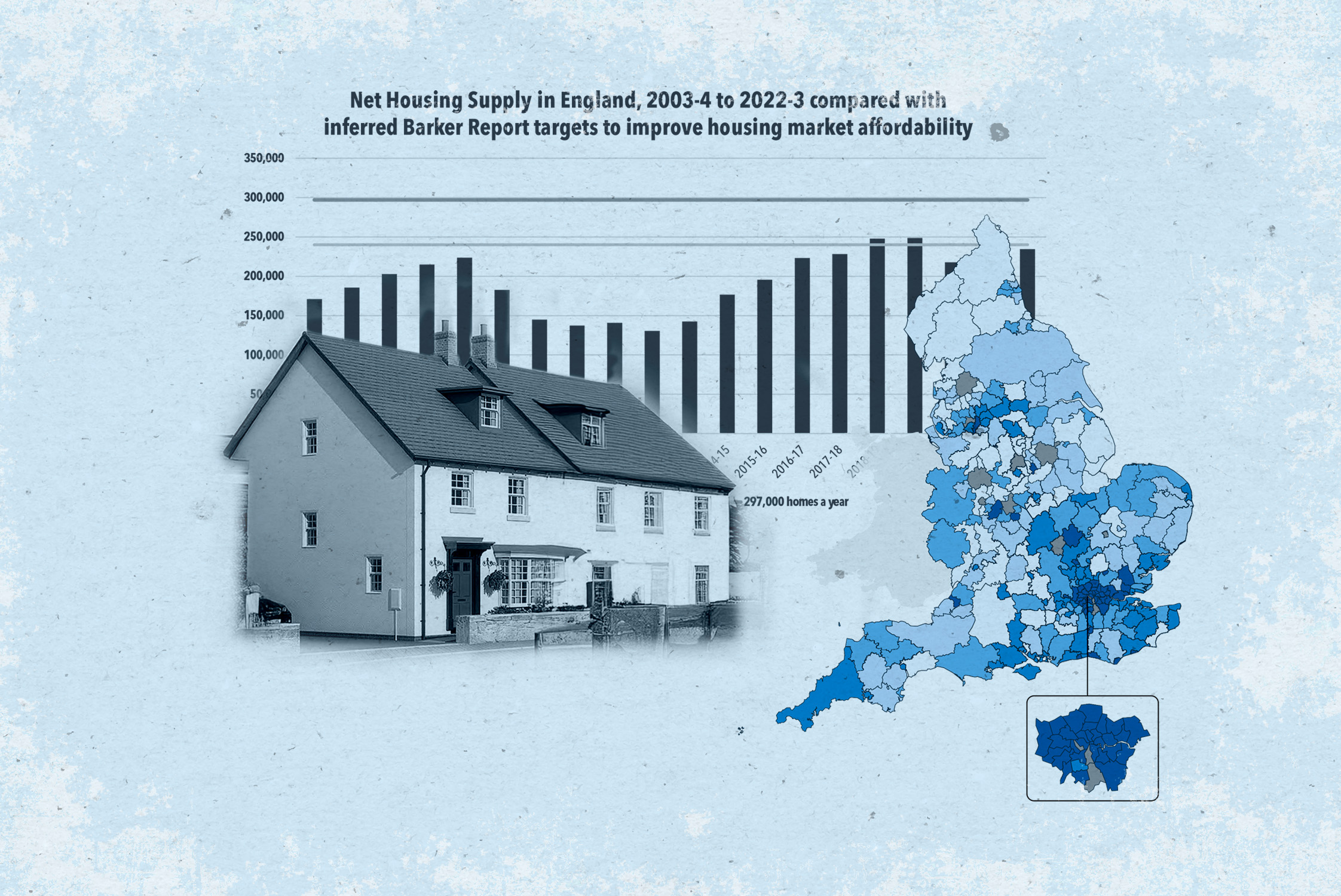You are viewing 1 of your 1 free articles
Sadiq Khan calls for stamp duty devolution
The mayor of London has called for stamp duty receipts to be devolved to London after City Hall figures revealed a rise in housing inequality between older and younger Londoners.
Data showed that homeownership rates among younger Londoners have fallen dramatically since the 1990s and the fall in social housing means only a fifth of London households today live in social homes.
The Housing in London report from City Hall shows that only one out of every five homes sold under the Right to Buy in London has been replaced, that’s 60,000 of a total 300,000.
As a result, social housing went from being the largest tenure in the capital in the 1980s to being the lowest in 2017, making up 21% of London’s households.
On homeownership, the data revealed a dramatic change since 1990, when around half of London households headed by a 25-34 year old owned their own home, around the same level as that for households headed by over-65s.
By 2017, these figures had diverged, with the proportion of young people falling to around a quarter and the proportion for older people rising to almost three-quarters.
Sadiq Khan said: “This data shows that accessing social housing or homeownership is now a pipe-dream for too many. London’s rocketing house prices mean we are contributing billions of pounds in stamp duty to the Treasury, when we could be using it to build new social rented and other genuinely affordable homes.
“Control of stamp duty has been devolved to Scotland and Wales and it’s vital that ministers devolve it to London too, which has a population larger than Scotland and Wales combined.”
Related Files
Mr Khan used the report as an opportunity to repeat his claim that his current budget of £700m a year from national government for affordable housing needs to be increased to £2.7bn a year.
Andrew Boff, Conservative member of the London Assembly, said: “Sadiq Khan is the worst advocate for further devolution to London due to his inability to spend the £4.82bn that government has already given him in the expectation that he will build the homes that Londoners need.”
“If it’s a choice between churning out press releases or actually building houses, Londoners know what they want: an end to the excuses and for the mayor to get on with it.”
At a glance: the different types of rent in London
Picture: Getty
Social rent: The amount of social rent a person pays depends on the location and size of the property, and is set according to a complex formula, but it is typically set at between 50% and 60% of market rent.
Affordable rent: Introduced by the coalition government in 2011, ‘affordable’ rent can be up to 80% of market rent, although many associations have been charging lower than this.
London Affordable Rent: A tenure introduced by Sadiq Khan that is lower than national affordable rent and based on target rent levels towards which social rents are gradually being raised. This makes it higher than average social rents in the capital, but in line with the rent that would likely be charged if a new social rent unit was built and set according to the same formula.
London Living Rent: A rental product aimed at middle-income Londoners introduced by Sadiq Khan, with rents set at one-third of average local earnings.
Target rent: A social rent level calculated by the government, which council and housing associations should use to move their social rents to over time.
